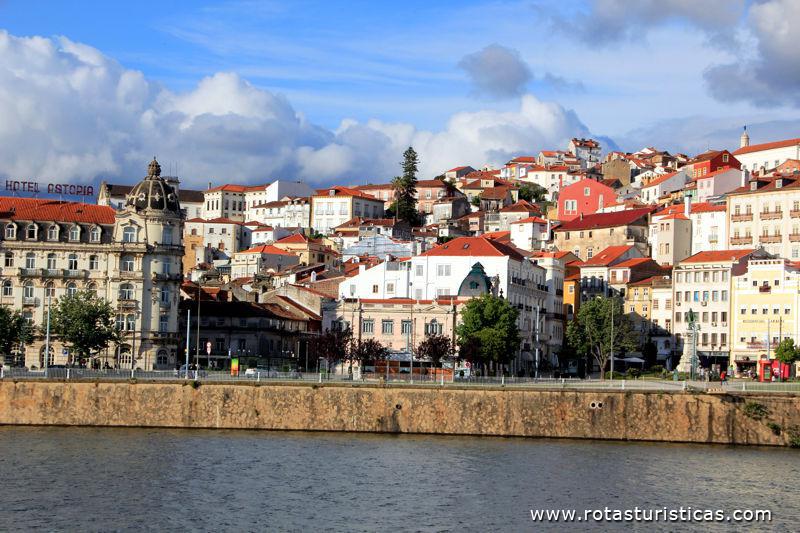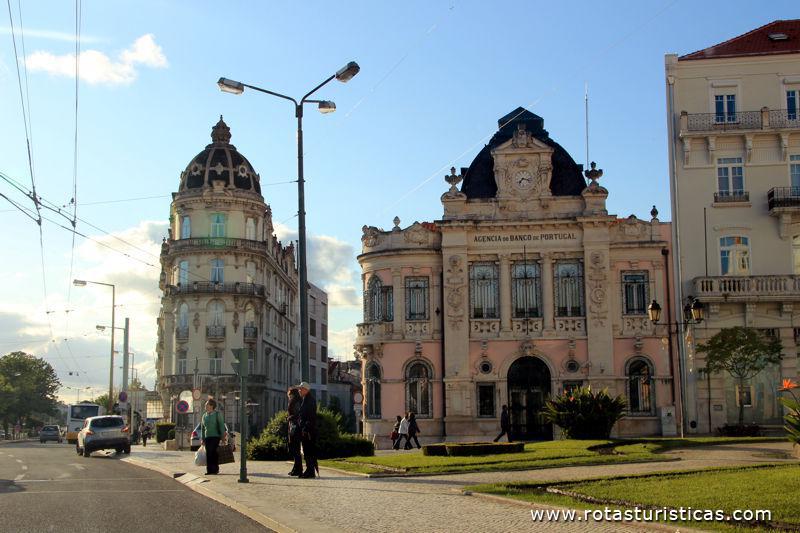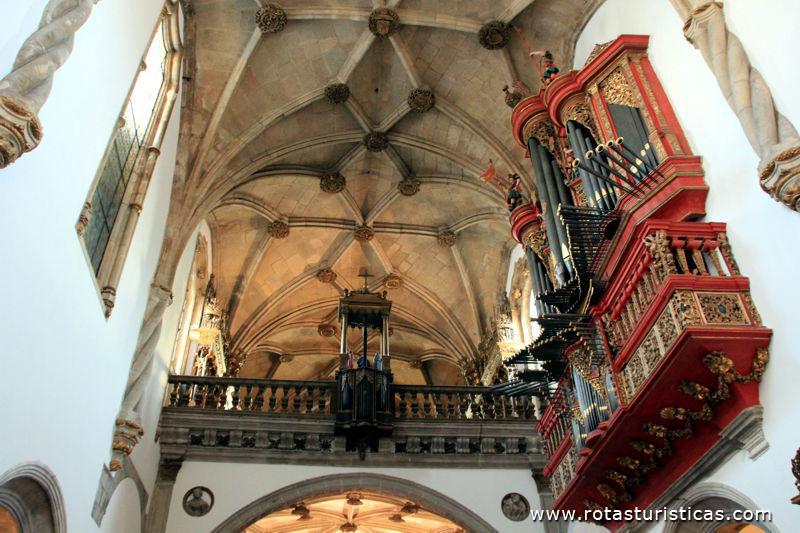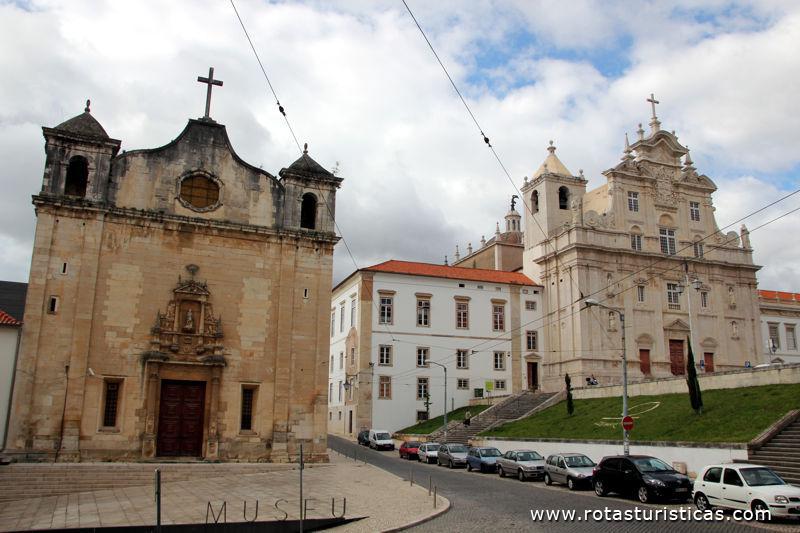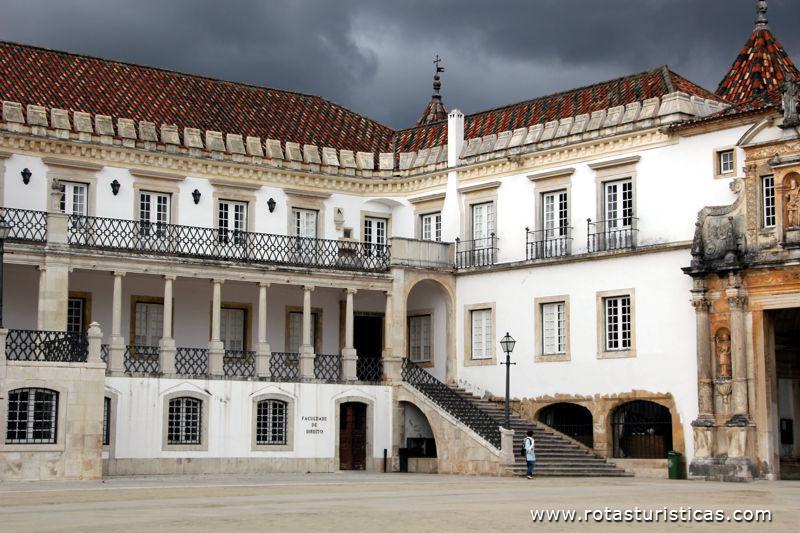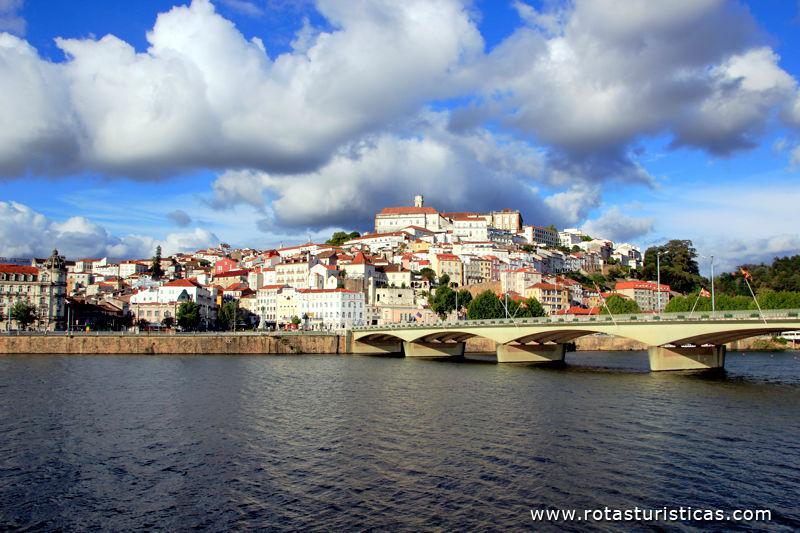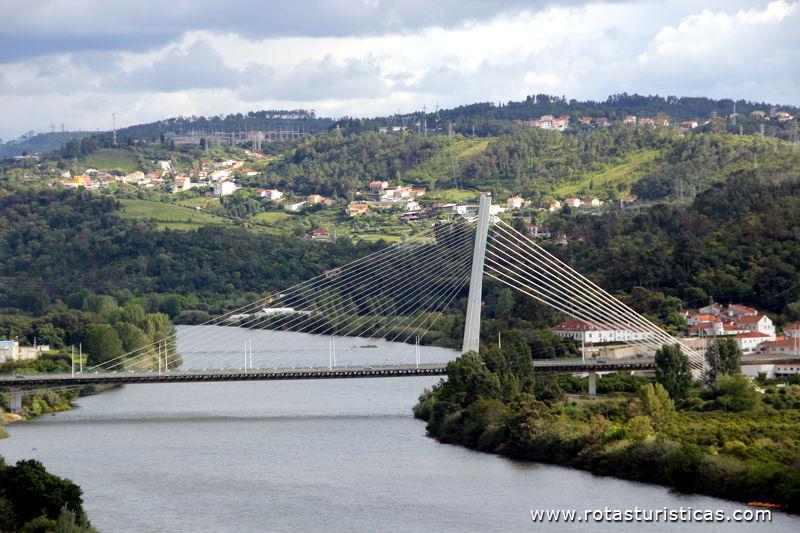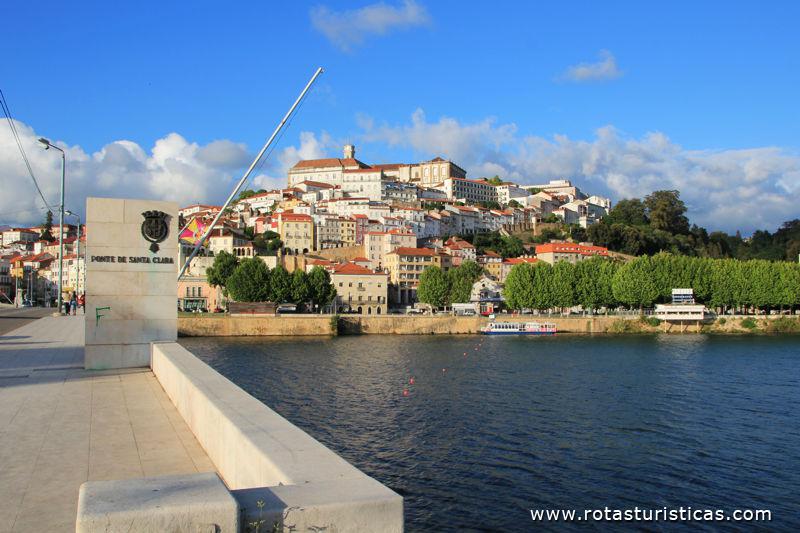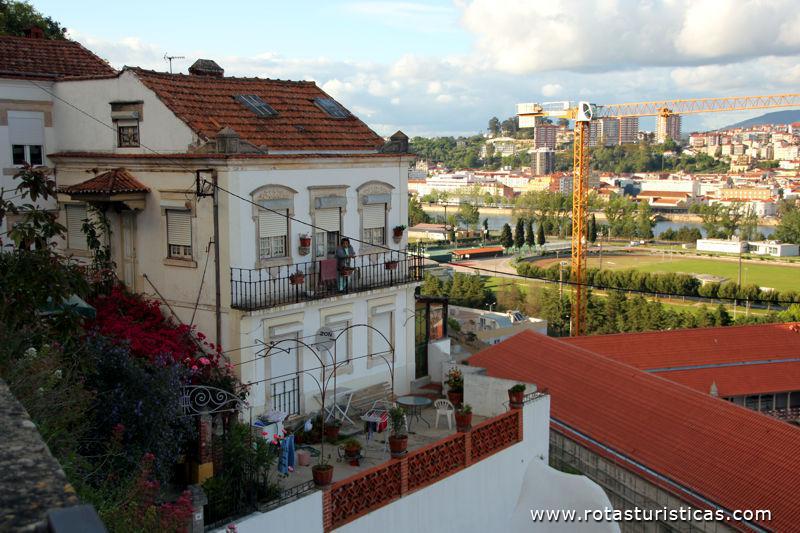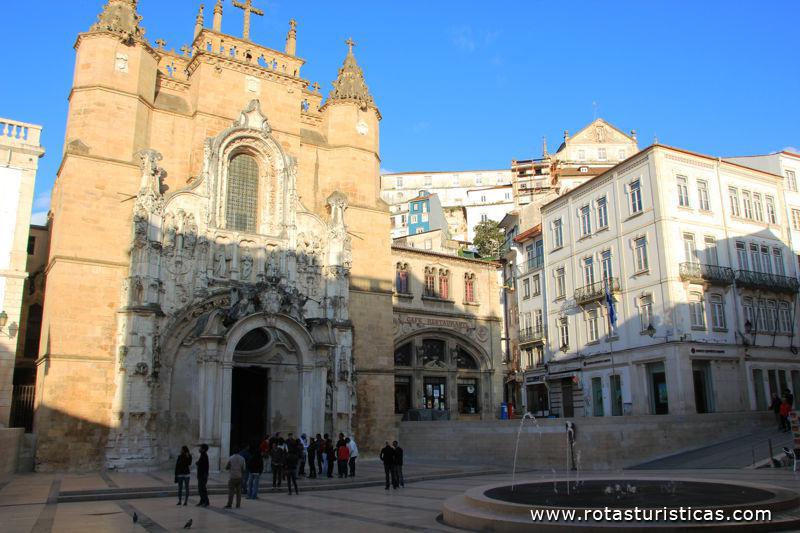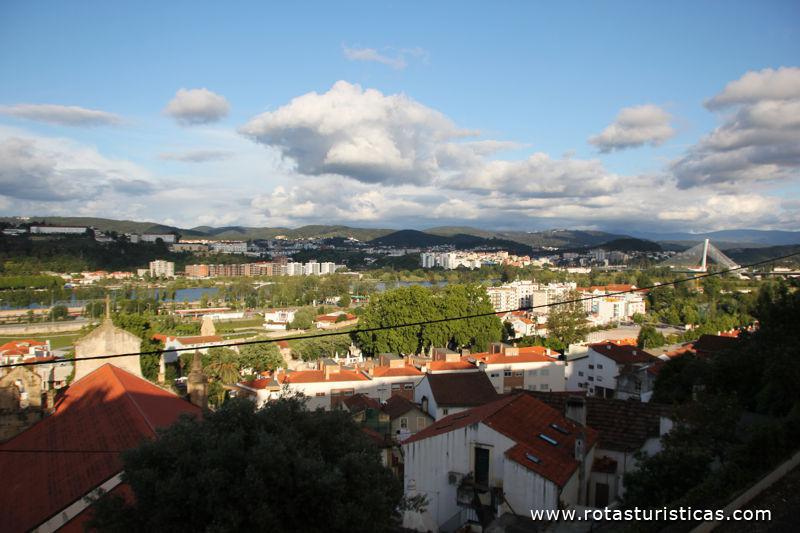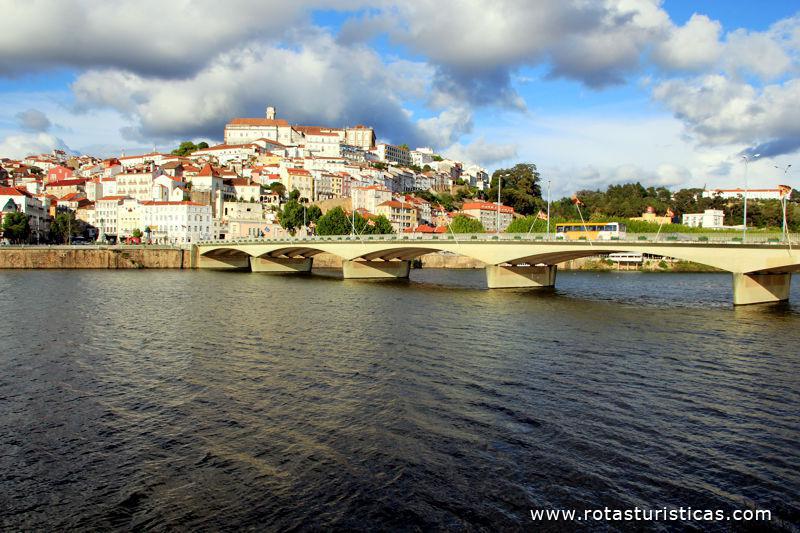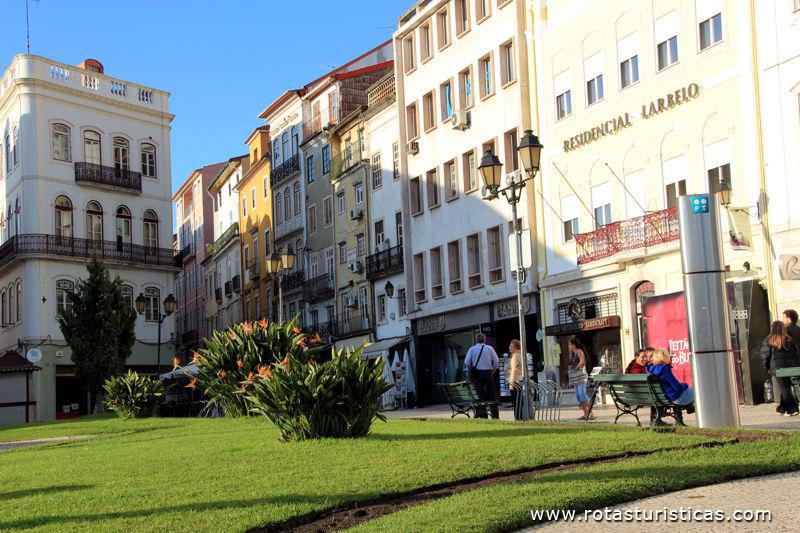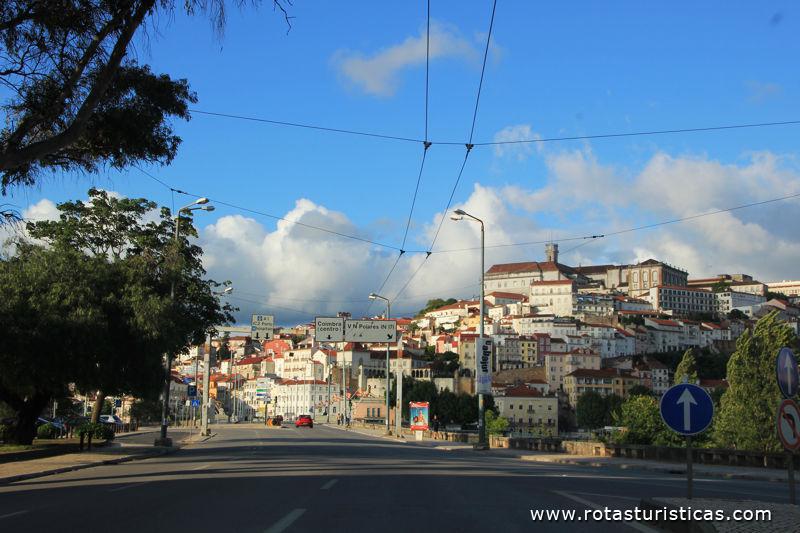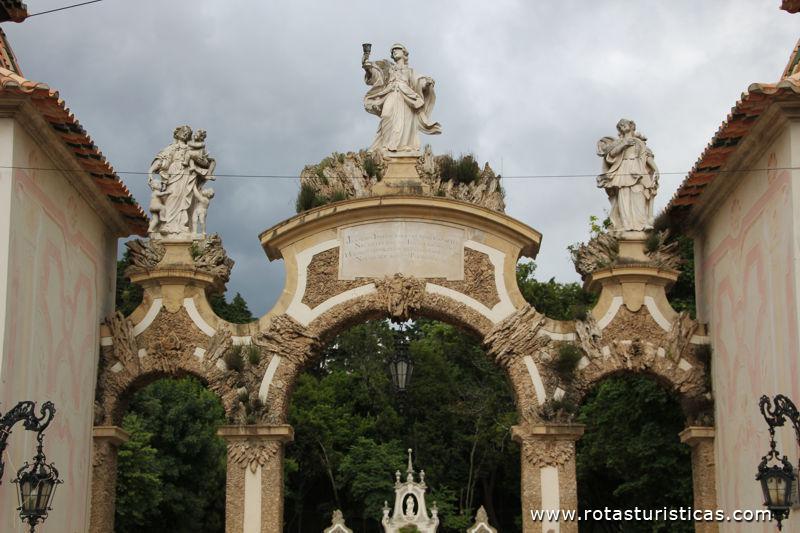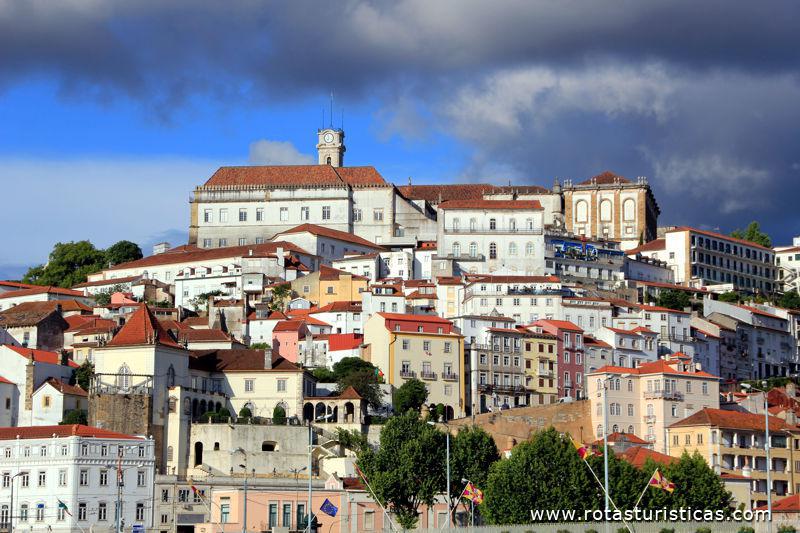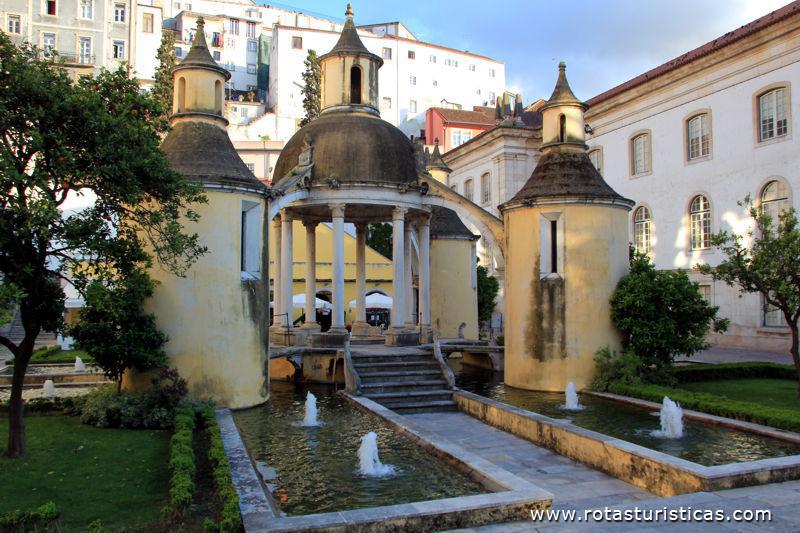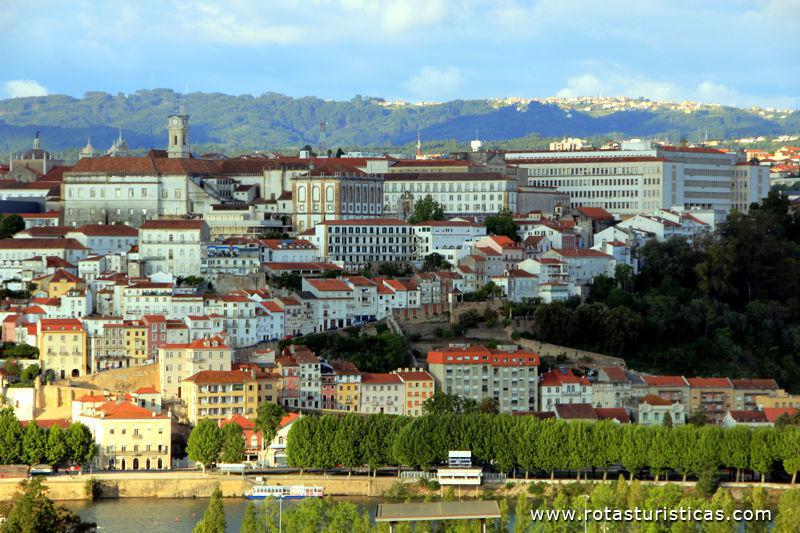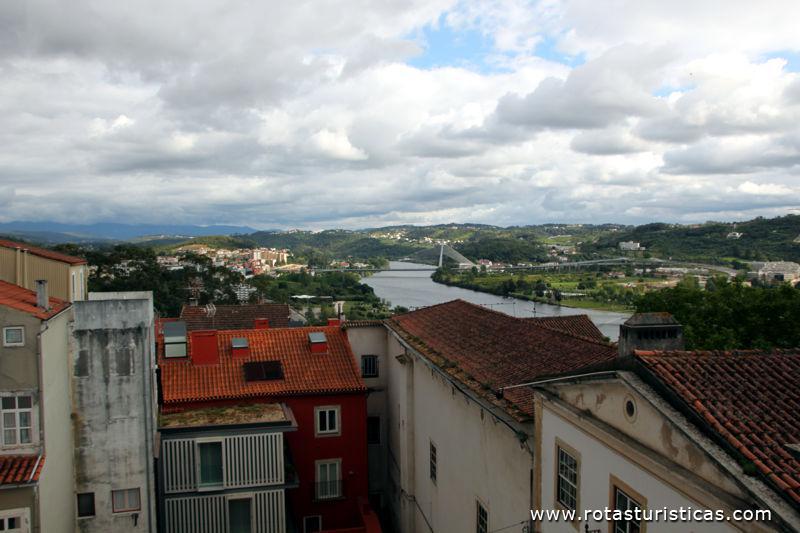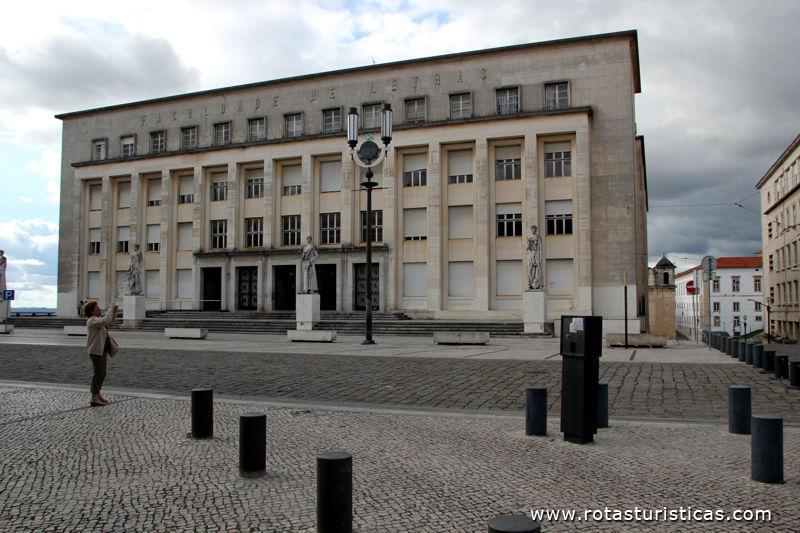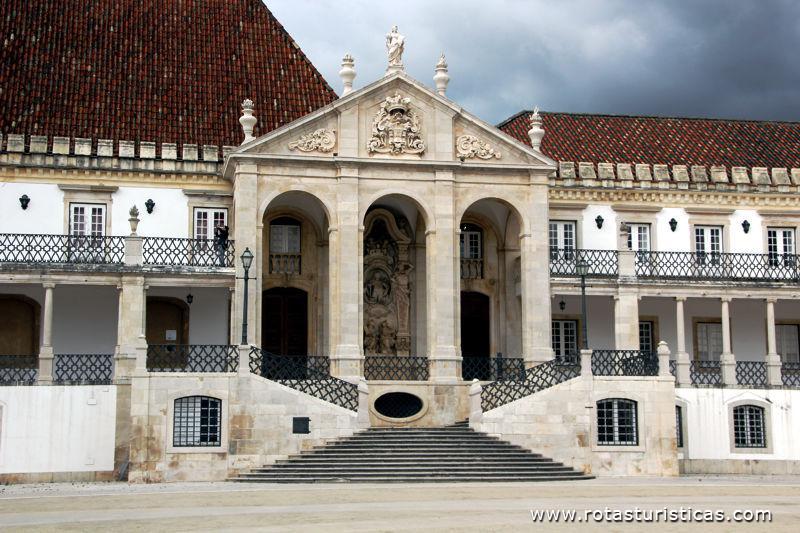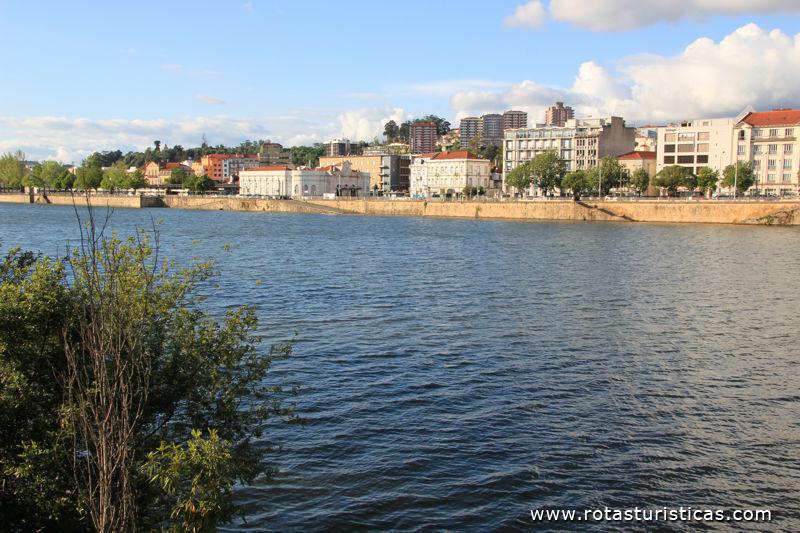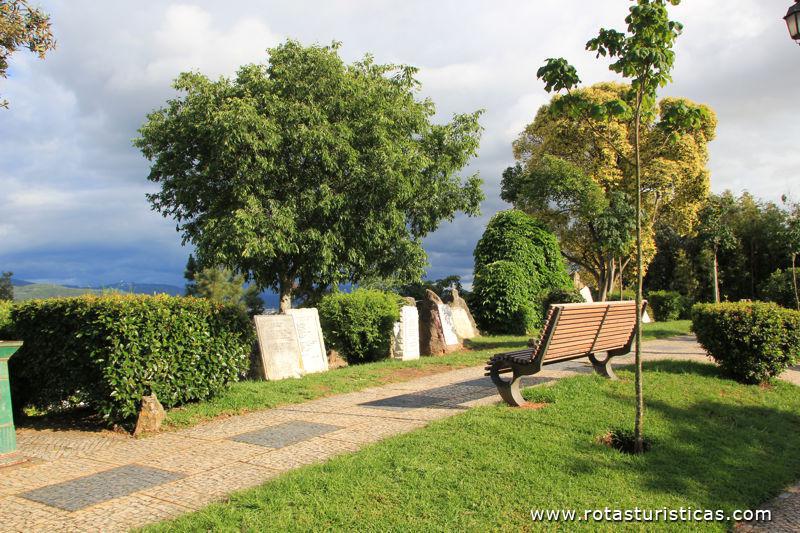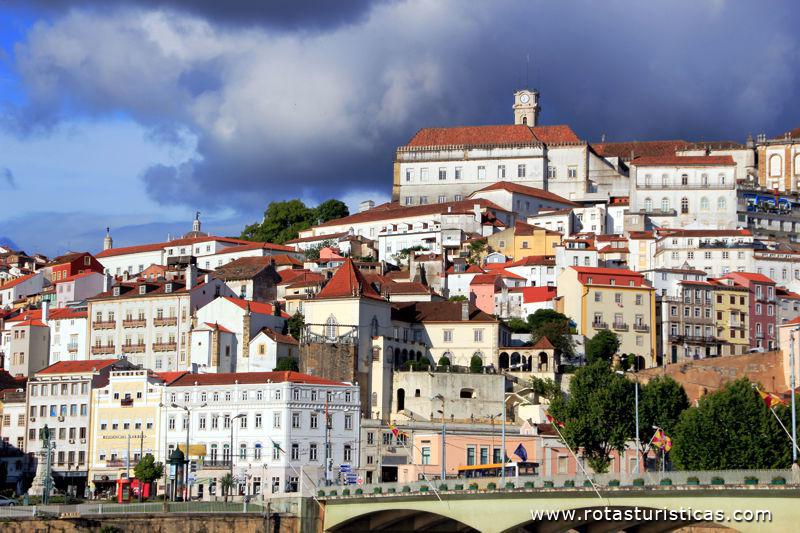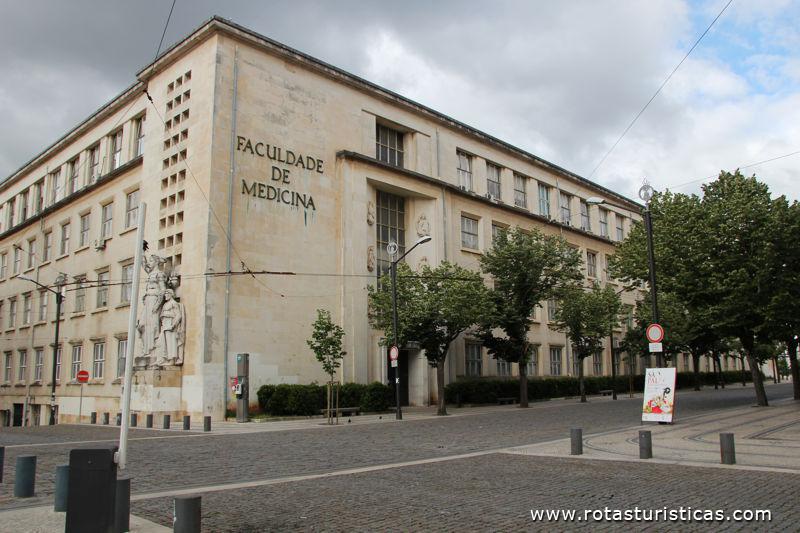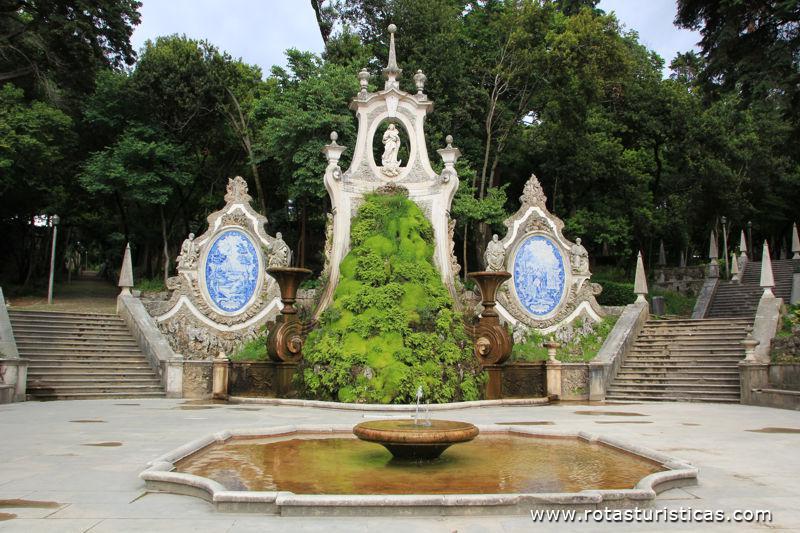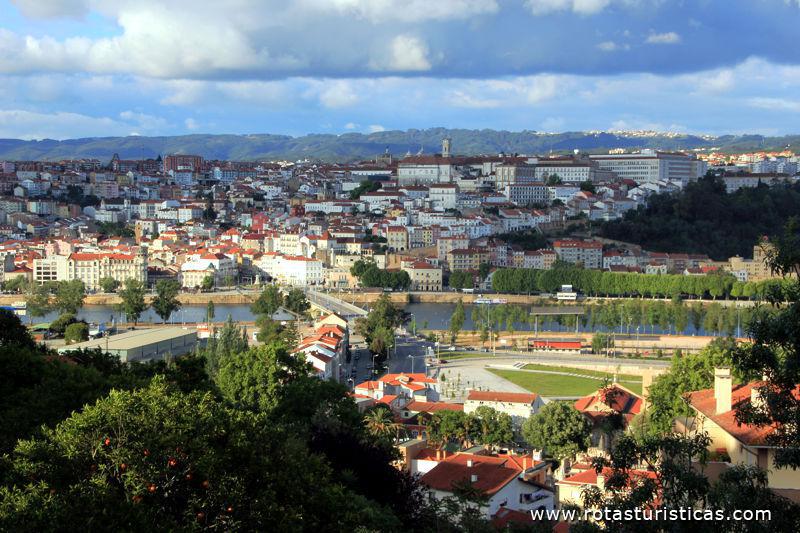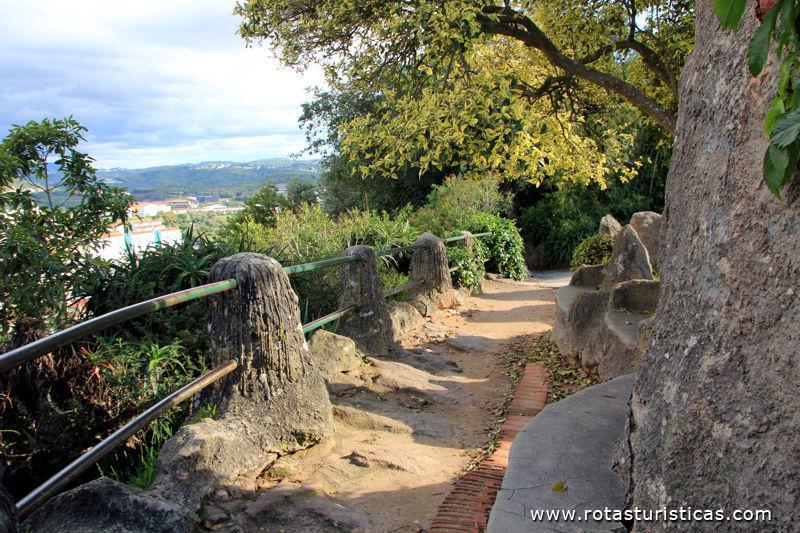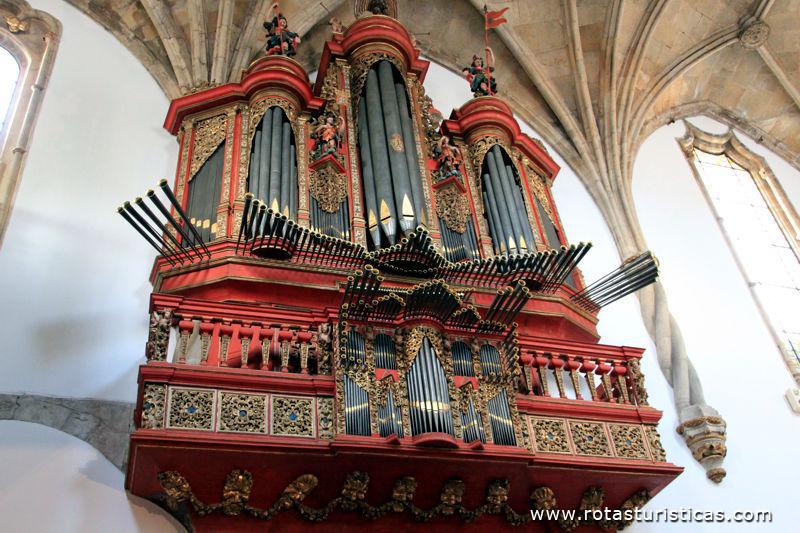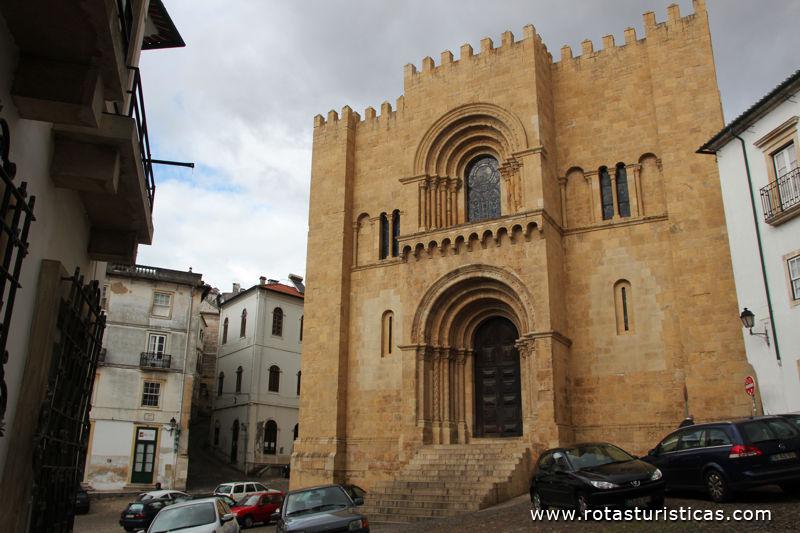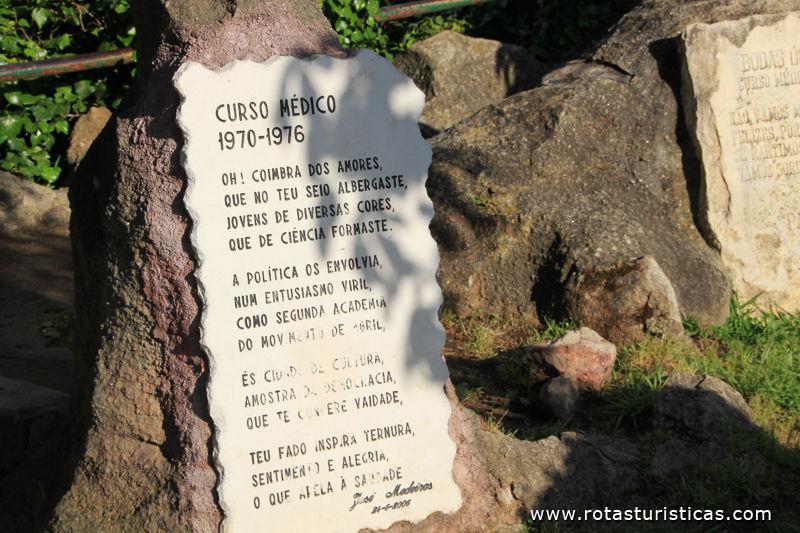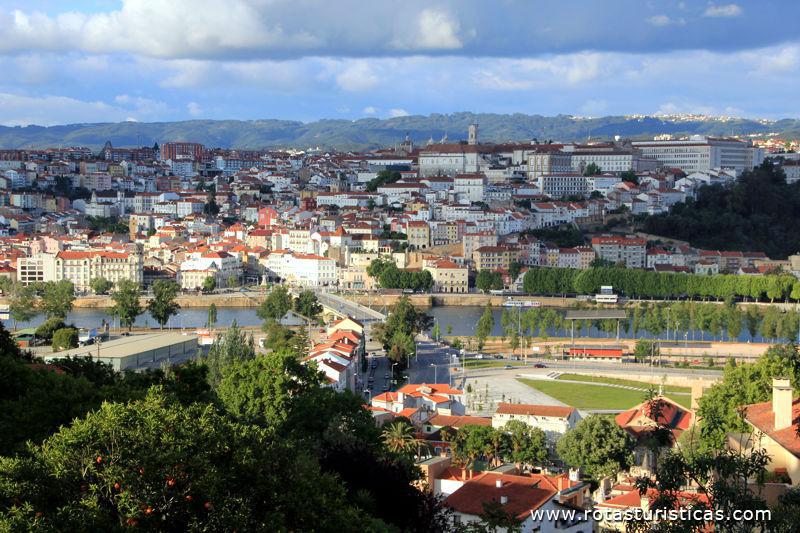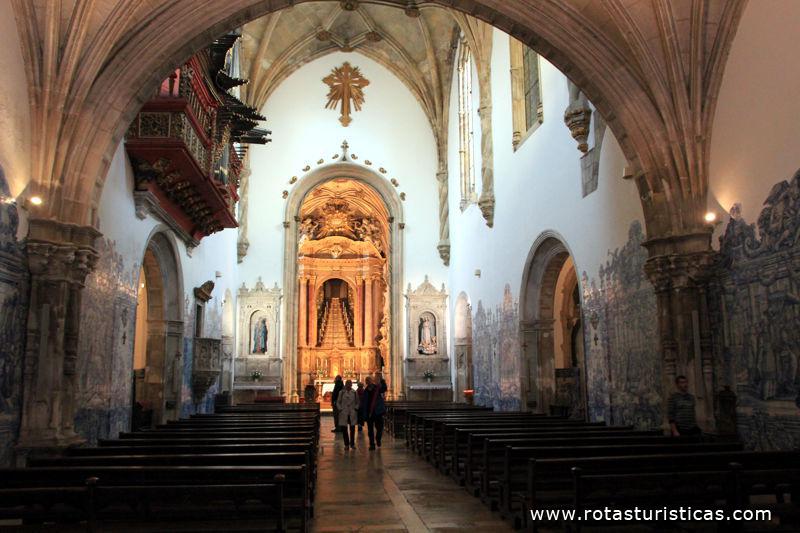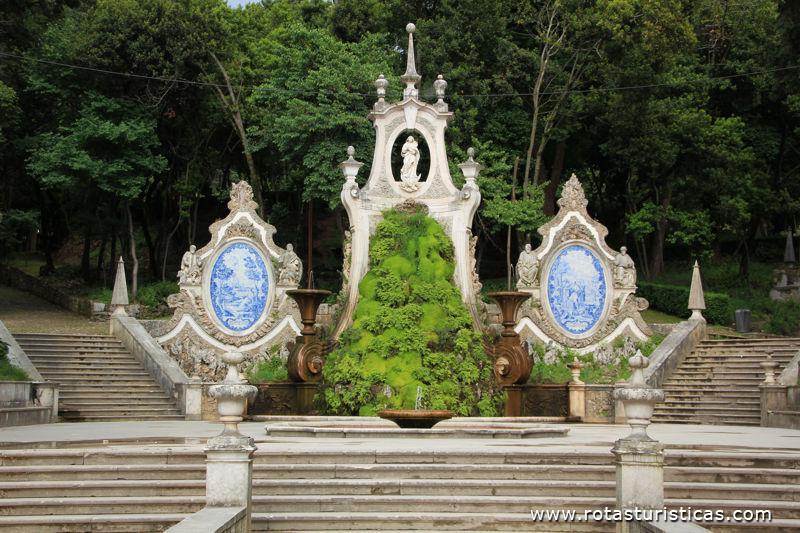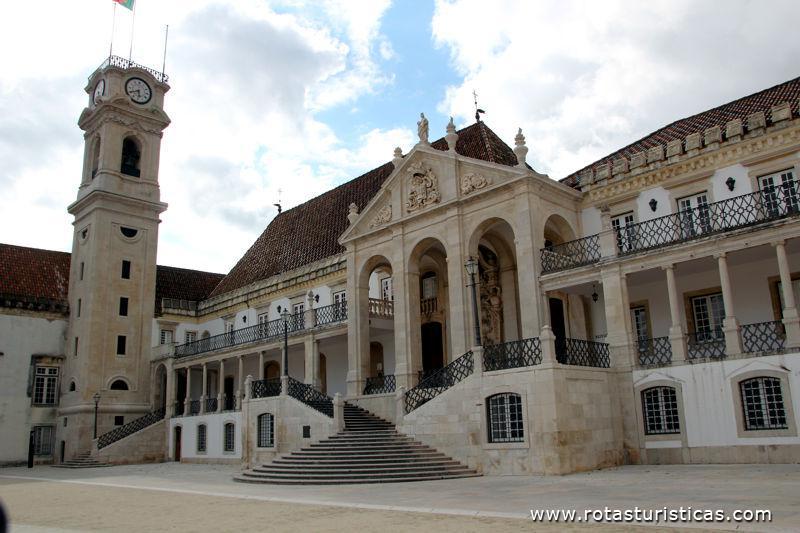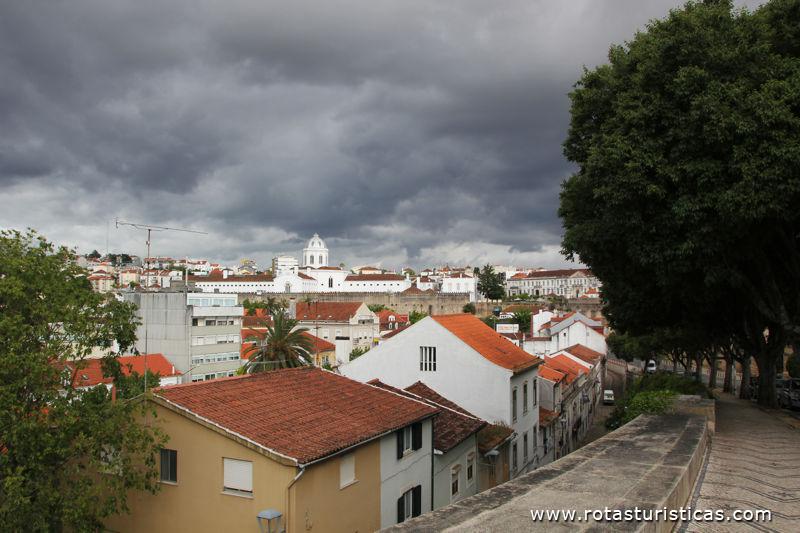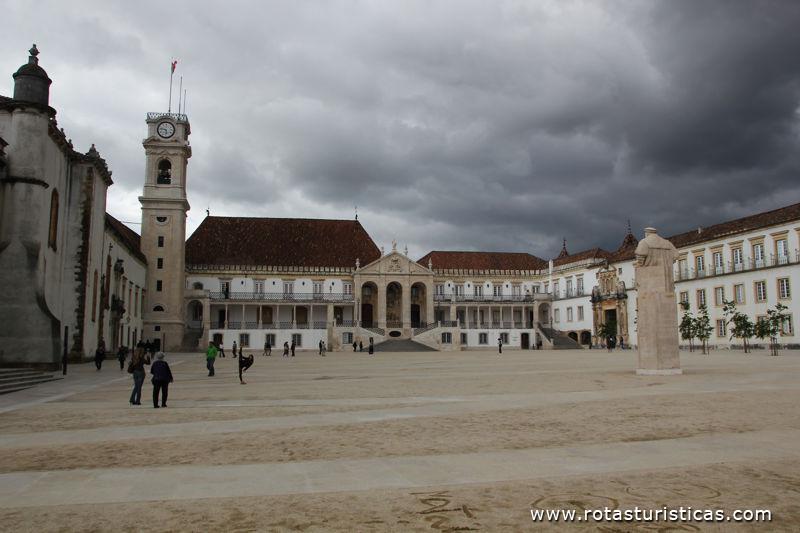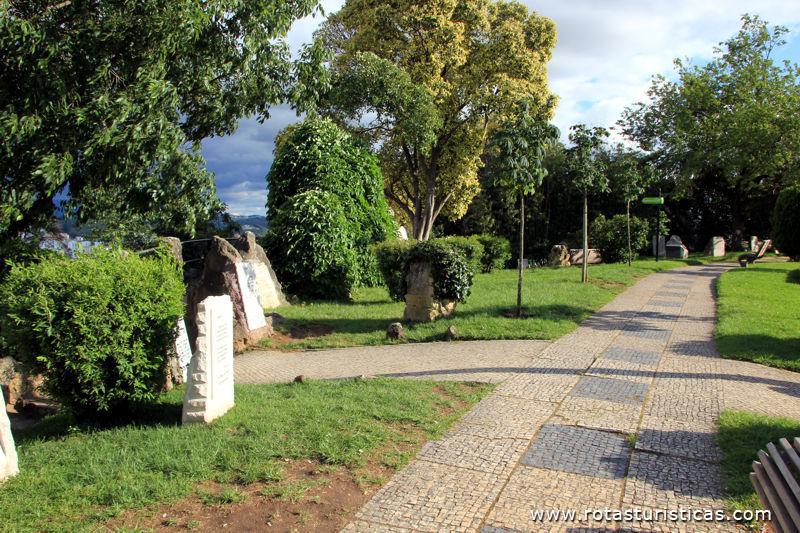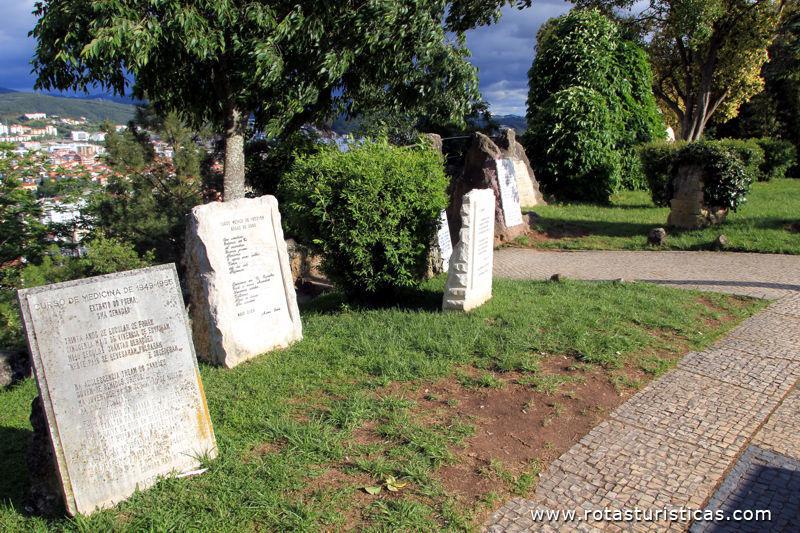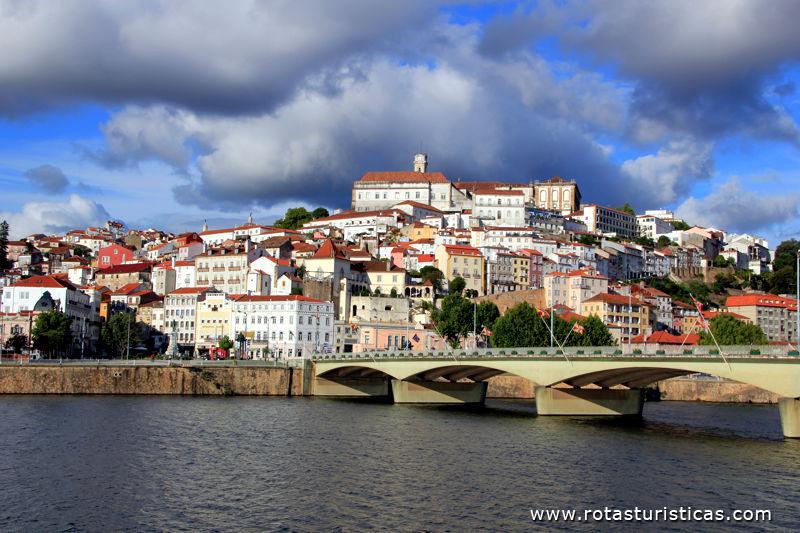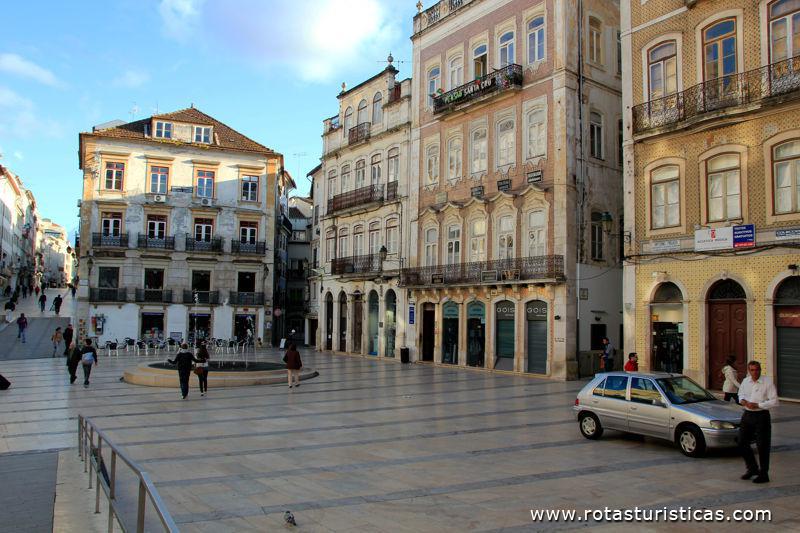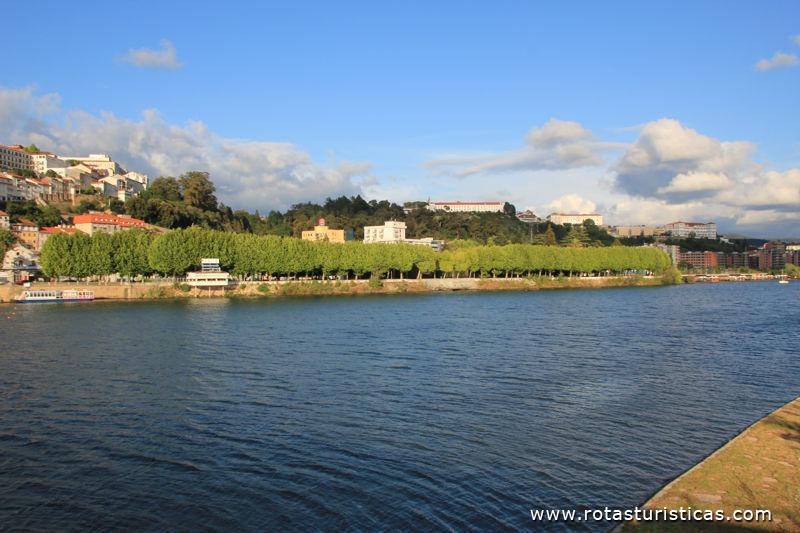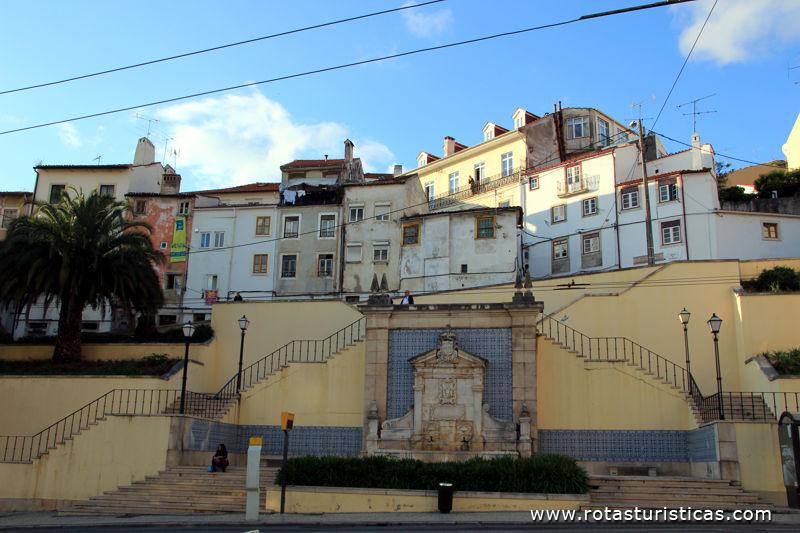Pictures of: Coimbra
Location map
Airports
Hotels and other Accommodation
Golf Courses
What to visit
Where to Eat
Consulates & Embassies
World Nomads
The Travel Insurance with the largest coverage

The Travel Insurance with the largest coverage

Coimbra
Coimbra is a Portuguese city, capital of the District of Coimbra, the Central Region of Portugal, the sub-region of Baixo Mondego and Beira Litoral. Being the largest urban nucleus, it is a reference center in the region of Beiras, with more than two million inhabitants.
Historically a university town, because of the University of Coimbra, founded in 1290, it currently has about 30 thousand students.
The municipality is bordered to the north by the municipality of Mealhada, to the east by Penacova, Vila Nova de Poiares and Miranda do Corvo, to the south by Condeixa-a-Nova, to the west by Montemor-o-Velho and to the northwest by Cantanhede.
It is considered one of the most important Portuguese cities, due to infrastructures, organizations and companies besides its historical importance and privileged geographical position in the center of the backbone of the country. Coimbra is also a reference in the areas of Education and Health.
The municipal holiday takes place on July 4, in memory of Queen Santa Isabel, patroness of the city.
It was National Capital of Culture in 2003 and is one of the oldest cities in the country, having been the capital of the Kingdom, and presents as its main ex-libris its University, the oldest in Portugal and the Portuguese speaking countries, and one of the most of Europe.
On June 22, 2013, the University of Coimbra, Alta and Sofia, were declared World Heritage by UNESCO.
Historically a university town, because of the University of Coimbra, founded in 1290, it currently has about 30 thousand students.
The municipality is bordered to the north by the municipality of Mealhada, to the east by Penacova, Vila Nova de Poiares and Miranda do Corvo, to the south by Condeixa-a-Nova, to the west by Montemor-o-Velho and to the northwest by Cantanhede.
It is considered one of the most important Portuguese cities, due to infrastructures, organizations and companies besides its historical importance and privileged geographical position in the center of the backbone of the country. Coimbra is also a reference in the areas of Education and Health.
The municipal holiday takes place on July 4, in memory of Queen Santa Isabel, patroness of the city.
It was National Capital of Culture in 2003 and is one of the oldest cities in the country, having been the capital of the Kingdom, and presents as its main ex-libris its University, the oldest in Portugal and the Portuguese speaking countries, and one of the most of Europe.
On June 22, 2013, the University of Coimbra, Alta and Sofia, were declared World Heritage by UNESCO.
Tourism
Coimbra is a city mainly animated by the students who live and study here, but it is also full of historical monuments and treasures and has a lively commerce and the vibrant presence of Mondego, the "River of the Poets" as the locals proudly call it, offering visitors the beauty of its banks and feeding the fertile fields of the surrounding valley. Coimbra offers many other sites to explore and a vast calendar of cultural and fun events, but it becomes especially appealing in May, when students celebrate the end of the academic year with the traditional Queima das Fitas, filling the streets with music and animation exhilarating
Old Cathedral
Although it has undergone several campaigns of works, it is a magnificent example of the gothic style in Portugal. It is a fortress type building, formed by three naves of five sections; the central nave is covered by cradle vault and the sides by edge vaults.
New Cathedral
It began to be built in the sixteenth century and was completed a century later, with still works in the nineteenth century, which gave it the image it presents today.
Coimbra University
One of the oldest Universities in Europe.
Founded in Lisbon in 1290, it was definitively transferred to Coimbra in 1537, and settled in the Royal Palace. In this place will have the Romans built the pretoriumo that already says much of the strategic importance and soon military of the place. It was then the site of the Arabian Alcazaba that would have a geometric configuration similar to the current configuration. With the Christian conquest it became the Paço Afonsino, that King D. Manuel would reform deeply, also having to build the Chapel of S. Miguel. The building only came to belong to the University in 1597, when this institution acquired it during the Philippine dominion to the Spanish Monarch - Filipe II (I of Portugal). It is at this time that new structures are born next to the Palace: the Library, the Tower and Via Latina. Porta Férrea, also ordered to install at this time, continued to mark the place of entry delineated in the time of the Arab occupation.
The whole set has been renovated a few times throughout its history.
Library
The baroque library of the University built in the XVIII century, in the reign of D. João V, is preceded by a portal surmounted by the national coat of arms. Its interior is formed by three rooms that communicate with each other by decorated arches, with structure identical to the one of the portal, and was totally executed by Portuguese artists.
Church of the Monastery of Santa Cruz
Founded in 1131 by the reigning canons of St. Augustine, the Monastery of Santa Cruz marked an absolutely fundamental period in the identity affirmation of Portugal and contributed to the clear political assertion of Coimbra during the first dynasty. D. Afonso Henriques, who cherished the Monastery since its founding, ended up by its Real will to be eternally bound by both the Holy Cross and the City, which led to the pilgrims who crossed the Coimbra Way to Santiago de Compostela. stop the Church of the Monastery of Santa Cruz. Santa Cruz and its Monks marked the monastic culture in Portugal, and through this way they were an intellectual reference, namely in the twelfth century. In Santa Cruz, fundamental works for the Culture and History of Portugal were copied and illuminated. Let us point only to Vita Sancti Theotonii, Vita Tellonis and Annales D. Afonsi Portugallensium regis ...
Church of the Convent of Santa Clara-a-Velha
Situated on the left bank of the Mondego River and implanted at a very low elevation, this Gothic temple, built at the end of the 13th century.
Santa Clara-a-Nova
In the main chapel, it is located his tomb, dated of 1612; in the choir-bass, there is another one, ordered to do before its death, in 1336.
Monastery of Celas - Botanical Garden
It is due to the Marquis of Pombal the creation of this group, considered the most beautiful botanical garden of the country. In addition to the multiple species that justify the visit, it also offers a vast array of decorative elements, such as fountains and statuary.
Portugal of the Little Ones
The younger ones will surely like Portugal dos Pequeninos, a park with children's models of typical Portuguese houses, mansions, pagodas and temples.
Conimbriga
An important Lusitanian settlement of buildings of pre-Roman origin, the Ruins of Conimbriga are located on a high promontory next to EN 347, which connects Condeixa-a-Nova to Penela, 17 kilometers from Coimbra.
Fado
The fado of Coimbra was born in the city, by the hands of the students and is a must see. The guitar of Coimbra is the typical instrument to play the fado.
Old Cathedral
Although it has undergone several campaigns of works, it is a magnificent example of the gothic style in Portugal. It is a fortress type building, formed by three naves of five sections; the central nave is covered by cradle vault and the sides by edge vaults.
New Cathedral
It began to be built in the sixteenth century and was completed a century later, with still works in the nineteenth century, which gave it the image it presents today.
Coimbra University
One of the oldest Universities in Europe.
Founded in Lisbon in 1290, it was definitively transferred to Coimbra in 1537, and settled in the Royal Palace. In this place will have the Romans built the pretoriumo that already says much of the strategic importance and soon military of the place. It was then the site of the Arabian Alcazaba that would have a geometric configuration similar to the current configuration. With the Christian conquest it became the Paço Afonsino, that King D. Manuel would reform deeply, also having to build the Chapel of S. Miguel. The building only came to belong to the University in 1597, when this institution acquired it during the Philippine dominion to the Spanish Monarch - Filipe II (I of Portugal). It is at this time that new structures are born next to the Palace: the Library, the Tower and Via Latina. Porta Férrea, also ordered to install at this time, continued to mark the place of entry delineated in the time of the Arab occupation.
The whole set has been renovated a few times throughout its history.
Library
The baroque library of the University built in the XVIII century, in the reign of D. João V, is preceded by a portal surmounted by the national coat of arms. Its interior is formed by three rooms that communicate with each other by decorated arches, with structure identical to the one of the portal, and was totally executed by Portuguese artists.
Church of the Monastery of Santa Cruz
Founded in 1131 by the reigning canons of St. Augustine, the Monastery of Santa Cruz marked an absolutely fundamental period in the identity affirmation of Portugal and contributed to the clear political assertion of Coimbra during the first dynasty. D. Afonso Henriques, who cherished the Monastery since its founding, ended up by its Real will to be eternally bound by both the Holy Cross and the City, which led to the pilgrims who crossed the Coimbra Way to Santiago de Compostela. stop the Church of the Monastery of Santa Cruz. Santa Cruz and its Monks marked the monastic culture in Portugal, and through this way they were an intellectual reference, namely in the twelfth century. In Santa Cruz, fundamental works for the Culture and History of Portugal were copied and illuminated. Let us point only to Vita Sancti Theotonii, Vita Tellonis and Annales D. Afonsi Portugallensium regis ...
Church of the Convent of Santa Clara-a-Velha
Situated on the left bank of the Mondego River and implanted at a very low elevation, this Gothic temple, built at the end of the 13th century.
Santa Clara-a-Nova
In the main chapel, it is located his tomb, dated of 1612; in the choir-bass, there is another one, ordered to do before its death, in 1336.
Monastery of Celas - Botanical Garden
It is due to the Marquis of Pombal the creation of this group, considered the most beautiful botanical garden of the country. In addition to the multiple species that justify the visit, it also offers a vast array of decorative elements, such as fountains and statuary.
Portugal of the Little Ones
The younger ones will surely like Portugal dos Pequeninos, a park with children's models of typical Portuguese houses, mansions, pagodas and temples.
Conimbriga
An important Lusitanian settlement of buildings of pre-Roman origin, the Ruins of Conimbriga are located on a high promontory next to EN 347, which connects Condeixa-a-Nova to Penela, 17 kilometers from Coimbra.
Fado
The fado of Coimbra was born in the city, by the hands of the students and is a must see. The guitar of Coimbra is the typical instrument to play the fado.
Gastronomy
It is not difficult to find a place to have a meal in Coimbra, the city has plenty of offer. Ask for Chanfana, Piglet à Bairrada, "tibornada" of octopus or cod, rice of Lampreia. As for traditional sweets, try Custards of Tentúgal, Pastéis de Santa Clara, Queijadas de Pereira, "Manjar Branco", "Arrufadas" of Coimbra, "Barriga de Freira" and Sweet Rice.
Weather
Coimbra presents a Mediterranean climate according to the Köppen-Geiger climate classification. In winter temperatures vary between 15 ° C diurnal and 5 ° nocturnal in the coldest month, and can be 0 ° in cold spots, whereas in summer temperatures range from 29 ° C daytime to 16 ° nighttime reaching 40 ° C and even overtake.
Other tourist destinations in:
Portugal
Portugal
Other world tourist destinations
Why to book with TURISMO & VIAGENS
The best prices
Our partnerships with the world´s largest operators offer research on the best market prices.
More options
At Rotas Turisticos you can book the hotel, buy the air ticket, book the transfer from the airport to the hotel and vice versa, book the local excursions, rent the car, take travel insurance and consult the places to visit and where to go.
Holiday Tips & Destinations
Hundreds of holiday destinations with all the options that allow you to easily choose the destination that best suits your dream vacation.
TURISMO & VIAGENS
Links

